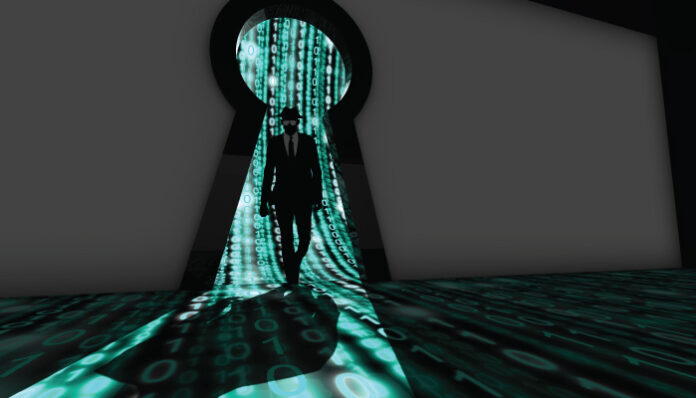The best time for boards to improve the security of their business is right now. Proactive cybersecurity measures are essential to the health and success of the business. Boards are essential in assisting IT and security teams in creating a barrier of protection around their digital assets and establishing security guidelines for the entire company.
Today, the board of directors has the responsibility of appointing members who are tech savvy and safeguarding the company from threats. It’s not an easy job.
Boards must create committees for digital governance and be aware of the security aspects to look for in a tech stack. They must acquire varying degrees of technological knowledge, educate themselves, and use technology- and policy-integrated strategies.
Cybersecurity threats are growing, but so are effective ways to prevent those attacks. Boards can no longer ignore the issue and delegate the bulk of the work to IT. Maintaining cybersecurity involves both organizational and technical challenges. Boards are now the first line of defense against cyber threats because they have the power to provide businesses with the resources and direction they need to prevent cyber risks.
Also Read: Securing Operational technology (OT) from Cybersecurity Threats and Risks
Set Up Digital Governance Committees
The creation of digital governance committees improves decision-making in relation to cybersecurity by increasing the organization’s accountability. Members of digital governance committees must understand the complexity of cyber threats and how to manage them. Boards should investigate the specifics of cybersecurity concerns and, if necessary, how to handle them after hiring these tech-savvy committee members.
The digital governance committee should be capable of identifying external threats and knowing how to counter them holistically.
Understand the Security Elements
Understanding the security elements of the tech stack used by their organization has become essential for boards. Businesses must prioritize effective cybersecurity processes, technology, and protocols as ransomware, malware, and phishing threats rise.
Additionally, boards must encourage businesses to use backup and disaster recovery technology. With this technology, businesses can recover lost data that has been affected by data breaches.
Include Board Members with Cybersecurity Know-How
Boards can better share critical information regarding risk management and prevention when there is at least one board member with expertise in cybersecurity.
Boards should allocate time to discuss current cybersecurity concerns and protective measures during each meeting. Board members can ask questions and clarify their roles in addressing cybersecurity concerns by setting aside time to talk about risks.
Also, organizations must include boards in their cybersecurity training programs. There are many training courses available to improve cybersecurity literacy. The security objectives of organizations and the current knowledge level of the boards can help choose the right one.
Integrating Technology and Policy
Boards need to be educated on the importance of security rather than being scared into averting cybersecurity threats. For instance, boards should encourage IT teams to implement password management technology to update and store passphrases and impose stringent password requirements.
Social media platforms continue to rule. Boards must also set social media restrictions for employees. Employees should not be permitted to share critical company information online while at work, among other restrictions.
Although hybrid and remote work environments are becoming common, boards should think about creating and adopting policies that specify how, when, and where employees can access their corporate devices. Boards should also place limitations on detachable devices, or, if necessary, IT teams must run virus scans on devices before they connect to business systems.
Many businesses are establishing a zero trust architecture that necessitates user authentication and authorization prior to granting access to company data and apps. To stop unwanted access from unauthorized people, boards should also consider a zero trust architecture.
Also Read: How Enterprises Can Overcome Barriers to Password-Less Authentication
Security for Virtual Meeting Platforms
As more companies communicate digitally, considering security across virtual meeting platforms must be a top priority. Boards must select a virtual meeting platform with physical, technical, and administrative safeguards to safeguard sensitive data.
A multimillion-dollar data breach not only has a financial impact – businesses lose the trust of their employees and customers, putting their sensitive data at risk. Companies also face significant damage to their reputation. Companies need months, if not years, to recover from the effects of cybercrime.
For more such updates follow us on Google News ITsecuritywire News. Please subscribe to our Newsletter for more updates.









